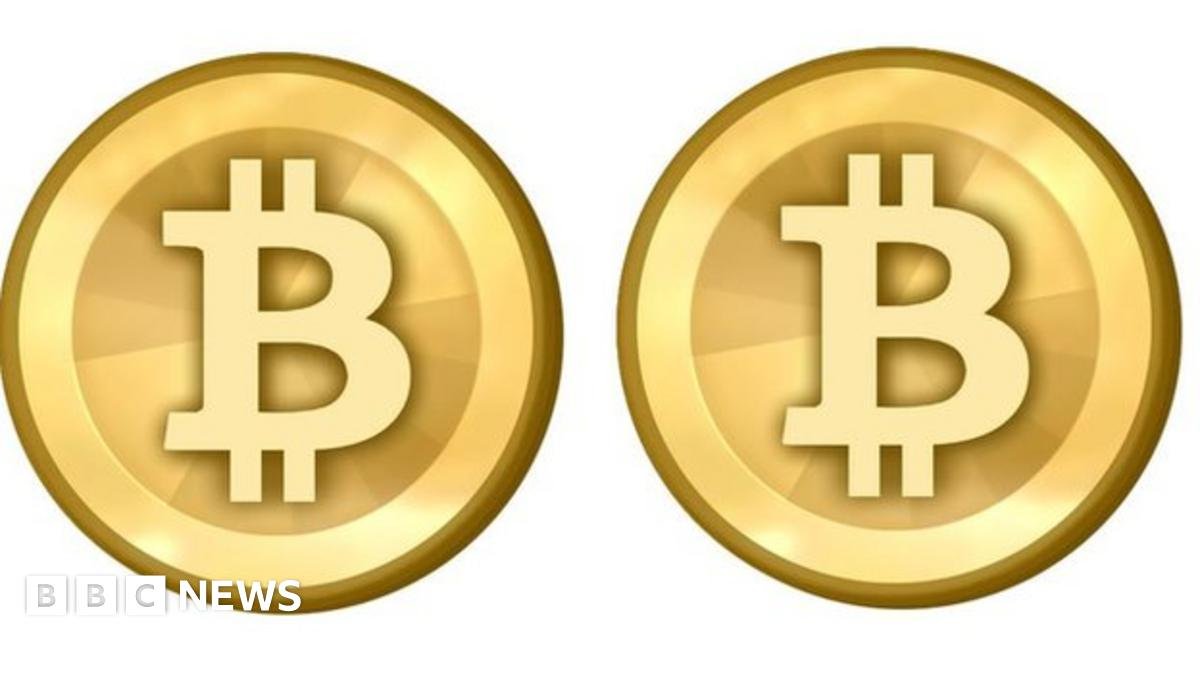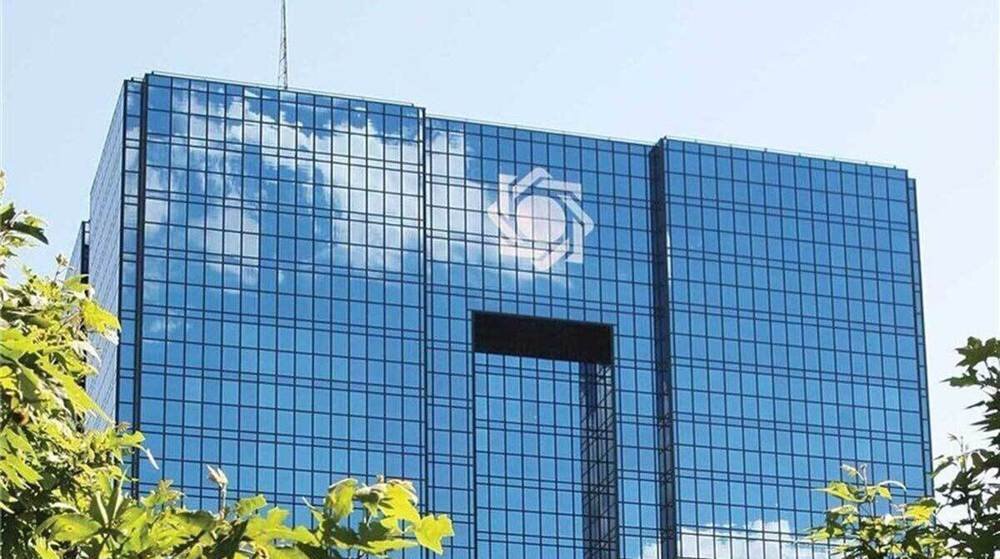The Central Bank of the UAE (CBUAE) announced a landmark financial ruling this week, confirming the Digital Dirham has been officially designated as full legal tender, placing the nation’s e-currency entirely par with physical cash. Issued under the authority of the UAE Federal Government, the new law mandates universal acceptance for all transactions, signifying a critical, high-level regulatory step toward cementing the UAE’s status as a leader in the global digital economy.
UAE Digital Dirham policy 2025
The introduction of the law governing the Digital Dirham signifies a crucial advancement in the UAE’s monetary policy. This legislation officially designates the e-currency as legal tender, granting it the exact same status as physical banknotes and coins. This means the Digital Dirham is considered “par with cash,” making its acceptance mandatory for settling debts and conducting all financial transactions within the country. The Digital Dirham operates as a Central Bank Digital Currency (CBDC), issued, regulated, and backed entirely by the Central Bank of the UAE (CBUAE). This state backing ensures monetary sovereignty and provides a secure, low-risk alternative to commercial bank money and private digital assets
What exactly is the Digital Dirham?
The Digital Dirham is a Central Bank Digital Currency (CBDC), representing a direct, fully integrated digital liability of the Central Bank of the UAE (CBUAE). Unlike volatile cryptocurrencies or commercial bank deposits, the Digital Dirham is a digital form of the national currency that is issued and guaranteed solely by the CBUAE.Crucially, it is fully fungible—meaning one Digital Dirham is redeemable at par (one-to-one) with a physical Dirham banknote or traditional bank reserve. To ensure its primary function is as a medium of exchange rather than a savings tool, the CBUAE has designed the CBDC to be non-interest bearing. This strategic design ensures stability and reinforces the currency’s status as a fundamental public good for instant and secure payments.
How will the Digital Dirham system work?
The Digital Dirham operates via a two-tier architecture designed to preserve the existing banking ecosystem while modernizing the settlement layer:
- Issuance (Tier One): The CBUAE manages the core ledger, handling the issuance and redemption of the Digital Dirham units. This guarantees the currency’s finality and trust.
- Distribution (Tier Two): Regulated Intermediaries (such as commercial banks, exchange houses, and licensed payment service providers) manage the distribution.
Consumers and businesses will access and use the Digital Dirham through digital wallets provided by these licensed intermediaries, rather than opening accounts directly at the Central Bank. This mechanism ensures users benefit from the speed and security of central bank money while relying on their trusted financial providers for daily services, including top-ups, redemptions, and peer-to-peer (P2P) transfers.The system is being rolled out in phases, with early success demonstrated through government-to-government transactions executed on the mBridge platform, which completed test transfers in under two minutes, proving its potential for instant settlement and significantly enhanced operational efficiency.
Impact on your salary and payments
In short, the transition to the Digital Dirham, as a legal tender “par with cash,” will not negatively affect the value of your salary, but it is designed to transform the method and speed of payment.Here is how the Digital Dirham impacts salary and personal payments:
- Value is Unchanged: Your salary’s value remains stable. One Digital Dirham is guaranteed by the Central Bank to be redeemable one-to-one with a physical Dirham. The currency has simply changed its form from physical or commercial bank liability to a direct Central Bank digital liability.
- Faster, Cheaper Payments: The system’s efficiency, part of the Financial Infrastructure Transformation (FIT) Programme, means companies can execute payroll transfers almost instantaneously and at a lower cost than traditional bank transfers. This increased efficiency will benefit both employers and employees by streamlining the payroll process.
- Universal Acceptance: Since the Digital Dirham is mandatory legal tender, employers will have the option to pay salaries digitally, and every business, including small retailers, will be legally required to accept it. This eliminates dependency on commercial bank operating hours for salary processing.
- Choice of Wallet: Instead of relying solely on a bank account, employees will be able to receive their Digital Dirham payments directly into a digital wallet provided by any licensed financial intermediary (bank or payment firm). This enhances financial inclusion for those who may not have traditional bank accounts.
Essentially, the Digital Dirham does not change what you earn, but it makes how you receive, hold, and spend your earnings more immediate, secure, and technologically advanced.
Conclusion
The comprehensive legal establishment of the Digital Dirham as a mandatory legal tender is far more than a simple technological upgrade; it is a foundational regulatory leap designed to future-proof the UAE economy. By migrating the national currency to a secure, Central Bank-backed digital form, the CBUAE is ensuring monetary stability while unlocking unparalleled efficiency in domestic and cross-border payments. This pivotal legislative move solidifies the nation’s commitment to the Financial Infrastructure Transformation (FIT) Programme, signaling to the world that the UAE is not merely adapting to the digital age, but is actively leading the way in defining the future of sovereign digital finance.








